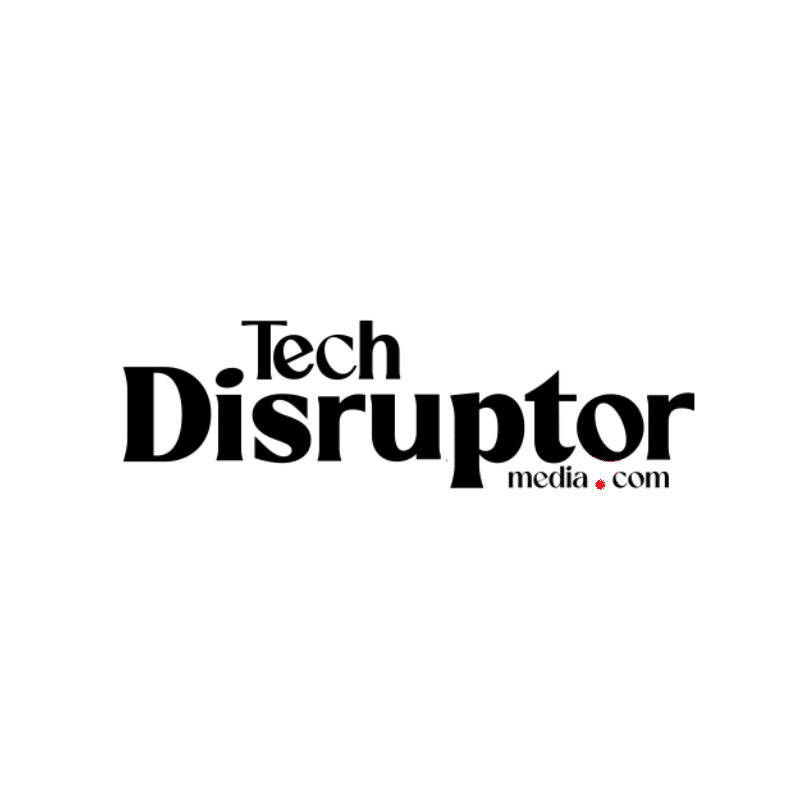The pandemic has indelibly altered the fabric of enterprise technology, accelerating a shift toward hybrid work models that demand profound changes in how organizations architect their IT infrastructure.
In an exclusive interaction between Nisha Sharma, Senior Tech Correspondent at Tech Disruptor Media, and Sudhir Goel, Chief Business Officer of Acer India, the imperative for infrastructures that prioritize agility, security, and scalability is shared, reflecting an enterprise world no longer tethered to physical boundaries. He elucidates the delicate equilibrium enterprises must achieve between empowering a distributed workforce and enforcing rigorous cybersecurity and governance frameworks. Further, Goel situates sustainability as a corporate responsibility and a strategic imperative that informs tech procurement and lifecycle management.

Chief Business Officer
Acer India
Against rapid technological obsolescence, Goel advocates for an organizational culture grounded in adaptability and perpetual innovation. He also addresses the increasingly urgent need for resilient, localized supply chains, casting a critical eye on the challenges and policy frameworks shaping India’s ambitions to ascend from manufacturing assembler to global technology innovator. This exchange unfolds as a thoughtful exploration of the complexities and opportunities defining modern enterprise technology strategy.
TDM: The pandemic accelerated remote work adoption. From your observations, what lasting shifts in enterprise tech infrastructure do you foresee as hybrid work becomes the norm?
Sudhir Goel: The pandemic fundamentally transformed how organizations approach work, pushing remote and hybrid models into the mainstream. As hybrid work becomes the norm, we foresee a lasting shift in enterprise tech infrastructure towards greater flexibility, security, and scalability. There is now a heightened focus on edge computing, secure remote access, and cloud-first strategies. Enterprises are investing in distributed infrastructure that supports seamless collaboration, regardless of location. This includes deploying more intelligent servers, robust data centers, and AI-driven management tools to ensure performance and resilience.
At Altos, we see increasing demand for our high-performance, energy-efficient solutions to meet these evolving needs. Products like the Altos BrainSphere™ servers, optimized for compute-intensive and virtualized environments, and Altos Workstations, built for professional creators and engineers, are widely adopted. Additionally, our AltosCloud VDI solution is helping businesses deliver secure, scalable virtual desktop infrastructure to remote employees. Meanwhile, Altos Smart Server Manager (ASSM) provides centralized, real-time monitoring and management of IT assets, which is crucial for hybrid IT environments.
TDM: How can enterprises balance the demand for employee flexibility with the need for robust cybersecurity and IT governance?
Sudhir Goel: Balancing employee flexibility with strong cybersecurity and IT governance is critical in the hybrid work era. With a distributed workforce, enterprises must move beyond traditional perimeter security to adopt a zero-trust architecture, which includes multi-factor authentication, endpoint protection, and role-based access controls.
Centralized monitoring, encryption, and policy-driven controls are essential to maintaining compliance and visibility. AI-powered threat detection and employee training further strengthen governance.
Our AltosCloud™ VDI ensures secure, policy-compliant remote access, while Altos Smart Server Manager (ASSM) provides real-time infrastructure monitoring and control. With the right tools and strategy, organizations can offer flexibility without compromising on security.
TDM: How can enterprises align tech procurement (e.g., device refresh cycles, data centers) with sustainability goals without compromising performance?
Sudhir Goel: Enterprises can align tech procurement with sustainability goals by adopting a lifecycle-based approach, prioritizing energy-efficient hardware, longer refresh cycles, and modular infrastructure that’s easier to upgrade and recycle. The key is to balance environmental responsibility without compromising performance.
Choosing energy-efficient servers, optimizing data center cooling, and leveraging virtualization to reduce hardware footprint can significantly cut emissions. Procurement strategies should also include vendor accountability and selecting partners committed to green manufacturing and carbon neutrality.
TDM: As a leader with 35+ years in tech, what’s your advice to enterprises navigating rapid obsolescence and the need for continuous innovation?
Sudhir Goel: One key lesson from working in technology leadership is this: adaptability is the foundation of long-term success. In a landscape defined by rapid obsolescence, enterprises must stop chasing permanence and start building for change.
The way forward is to foster a culture of continuous learning and experimentation. Invest in modular, scalable systems that can adapt to evolving technologies. Avoid locking into rigid legacy setups; choose flexible platforms that support quick pivots. Most importantly, it empowers teams to think innovatively and act decisively. Enterprises that succeed are those that treat innovation not as a one-time initiative, but as an everyday mindset.
TDM: With global supply chain disruptions becoming frequent, what strategies should enterprises adopt to build resilient, localized supply chains?
Sudhir Goel: To build resilient supply chains, enterprises must prioritize diversification and local integration. Reducing overdependence on international suppliers and forging strong domestic partnerships is essential. For instance, Altos India manufactures high-performance servers and workstations locally to minimize lead times and enable component-level integration.
Working with near-shore suppliers and maintaining a diverse sourcing base ensures greater agility during unforeseen disruptions. Strategies like long-term supplier agreements, predictive demand planning, and strategic inventory buffers play a crucial role in sustaining operations. Equally important is end-to-end supply chain visibility, which helps detect and respond to delays early.
Participating in government programs such as the PLI & Make in India initiatives can further strengthen local sourcing capabilities. True resilience lies not just in maintaining continuity, but in building a supply chain that can adapt, reroute, and recover quickly through a well-diversified, localized ecosystem.
TDM: India’s “Make in India” initiative has gained momentum. What key challenges do tech manufacturers face in scaling local production, and how can policy better support this?
Sudhir Goel: The “Make in India” initiative has been a powerful catalyst, but several challenges still hinder the scale-up of local tech manufacturing. Key obstacles include a shortage of skilled manpower, limited testing and certification infrastructure, and the continued reliance on imported high-performance components like memory, SSDs, and GPUs.
While Altos has made significant strides in local integration, achieving true scale requires a more robust and interconnected ecosystem. Policy support can be enhanced by extending PLI incentives beyond consumer electronics, including AI, HPC, and enterprise IT hardware. Encouraging local component manufacturing, investing in R&D hubs, and streamlining certification processes would further accelerate progress.
With the right policy push, India can evolve from an assembly hub to a global leader in enterprise tech manufacturing, driving innovation, design, and full-stack production from within the country.




